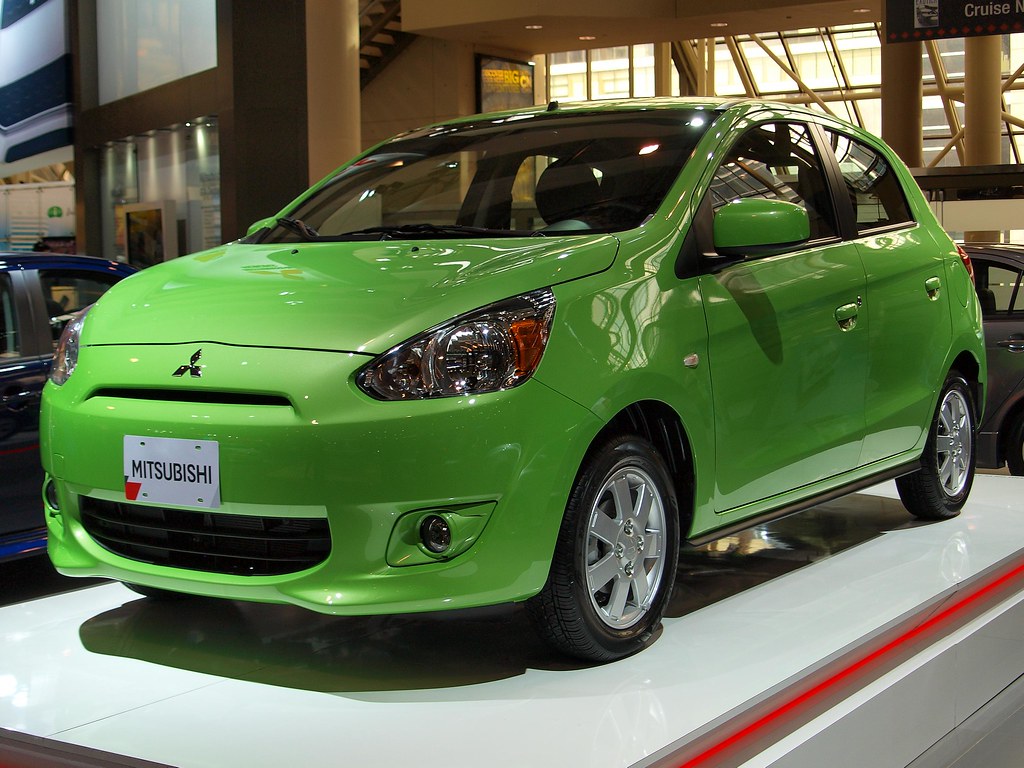One of the most common myths in the automotive world is that red cars cost more to insure. Whether it’s from movies, car forums, or offhand comments at the dealership, you’ve probably heard someone say it. But is it true? Does car color really affect what you pay in insurance premiums?
Let’s break it down with facts, not folklore.

🚘 The Origin of the Myth
The idea that red cars are more expensive to insure likely stems from a few assumptions:
- Red cars look sporty, so people may assume they’re driven faster or more recklessly.
- They’re easier to spot by police and supposedly get pulled over more.
- People believe flashy colors invite theft or attention.
While these assumptions might feel logical, insurance companies don’t see it that way.

📊 What Actually Impacts Car Insurance Rates?
According to nearly every major insurer (GEICO, Progressive, Allstate, State Farm), vehicle color has no direct impact on your insurance rate. Here’s what actually does affect your premium:
1. Vehicle Make and Model
Luxury or high-performance vehicles cost more to repair or replace. So, a red Honda Civic won’t cost more than a blue Civic—but a Civic Type R might.
2. Vehicle Year
Newer cars often cost more to insure due to their replacement value and the tech packed into them.
3. Driver Profile
Age, gender, marital status, and driving record heavily influence your premium.
4. Location
Urban drivers pay more due to higher accident and theft rates.
5. Mileage
The more you drive, the more exposure to risk—leading to higher premiums.
6. Coverage Levels
Comprehensive, collision, and low deductibles mean higher premiums, regardless of paint color.
🕵️♂️ What Insurance Companies Actually Look At
When you apply for a quote, the insurer checks:
- VIN (Vehicle Identification Number) — which tells them everything about your car except color
- Garaging address
- Annual mileage
- Driving record and history
- Prior insurance claims
Paint color doesn’t show up in any of these variables. In fact, most insurance application forms don’t even ask for your vehicle’s color.
🎨 Is There Any Indirect Link Between Color and Cost?
Here’s where things get nuanced. While color isn’t a direct variable in the rate calculation, there are some indirect factors where color might influence risk:
1. Visibility and Accidents
Lighter-colored cars (white, silver, gold) tend to be more visible in low light. According to a study published in BMJ, white cars are about 12% less likely to be in a crash than black cars. That could, in theory, affect your personal accident history over time.
2. Resale Value
Colors that are in-demand (white, silver, gray) typically have higher resale value. A higher resale value could mean a higher payout in a total loss situation, but again—this doesn’t influence the initial premium.
3. Theft Rates
Some colors may be more common targets for theft. But again, it’s usually the car model, not the color, that matters most.
🧪 What the Data Says
Multiple insurance companies and research institutions have debunked the myth:
- Progressive Insurance: “Your car’s color has no bearing on your auto insurance rate.”
- GEICO: “Color is not one of the factors we use to determine your car insurance premiums.”
- The Insurance Information Institute: “The color of your car does not affect your insurance premium.”
So there you have it—solid confirmation that red, black, blue, or neon green, your color choice won’t cost you more.
🎯 What Should You Consider When Picking a Car Color?
Instead of worrying about insurance rates, focus on what really matters when choosing your car color:
- Visibility and safety: Lighter colors are more visible in bad weather or at night.
- Maintenance: Dark colors show dirt, dust, and scratches more easily.
- Heat absorption: Black cars can get much hotter inside, especially in sunny climates.
- Resale value: Neutral tones tend to resell more easily.
📌 Summary: Color vs. Coverage

| Factor | Affects Insurance? | Notes |
|---|---|---|
| Car color (e.g., red) | ❌ No | Total myth. Doesn’t show up in quotes. |
| Vehicle make/model | ✅ Yes | High-end or rare cars = higher premiums |
| Driver history | ✅ Yes | Accidents, tickets = higher rates |
| Vehicle safety features | ✅ Yes | Can reduce your premium |
| Where you live | ✅ Yes | City = higher cost than rural areas |
| Annual mileage | ✅ Yes | More miles = more risk |
FAQs
1. Will a red sports car cost more to insure than a black one?
No. Insurance companies care about your vehicle’s performance specs, not its color. A red Mazda Miata costs the same as a black one, all other things equal.
2. Why do people believe red cars get pulled over more?
It’s a popular myth, but police data doesn’t support it. More tickets are given to white cars simply because they’re the most common color on the road.
3. Can I tell my insurance I have a different color car?
Technically, yes—but it doesn’t matter. Insurers go off your car’s VIN and DMV registration, not your personal description.
🚗 Final Verdict
So, is car color something you should worry about when buying insurance? Absolutely not.
Car color doesn’t affect your premium—not now, not ever. So go ahead and buy that candy-apple red Tesla or matte black Mustang. It won’t cost you a penny more in insurance.
What will cost you more? A speeding ticket, an accident, or choosing the wrong deductible.
Drive safe—and drive whatever color makes you happy.
Let’s Talk Cars
Have a question? A suggestion? Just want to say hi?
You’re in the right place.
Use the form below to reach out to the AutoSpecs Daily team. We're happy to hear from readers, car lovers, first-time buyers, and anyone who's got something to share.
What can you contact us about?
- Feedback on one of our articles
- Ideas for new topics you'd like us to cover
- Questions about cars, gear, or general auto advice
- Media, partnership, or brand inquiries
- Anything else that's on your mind
We check every message that comes through and do our best to respond within 2 to 3 business days.
We don’t list an email address here to avoid spam, but the contact form is the best and fastest way to reach us.
Thanks for stopping by. We're glad you're here.

